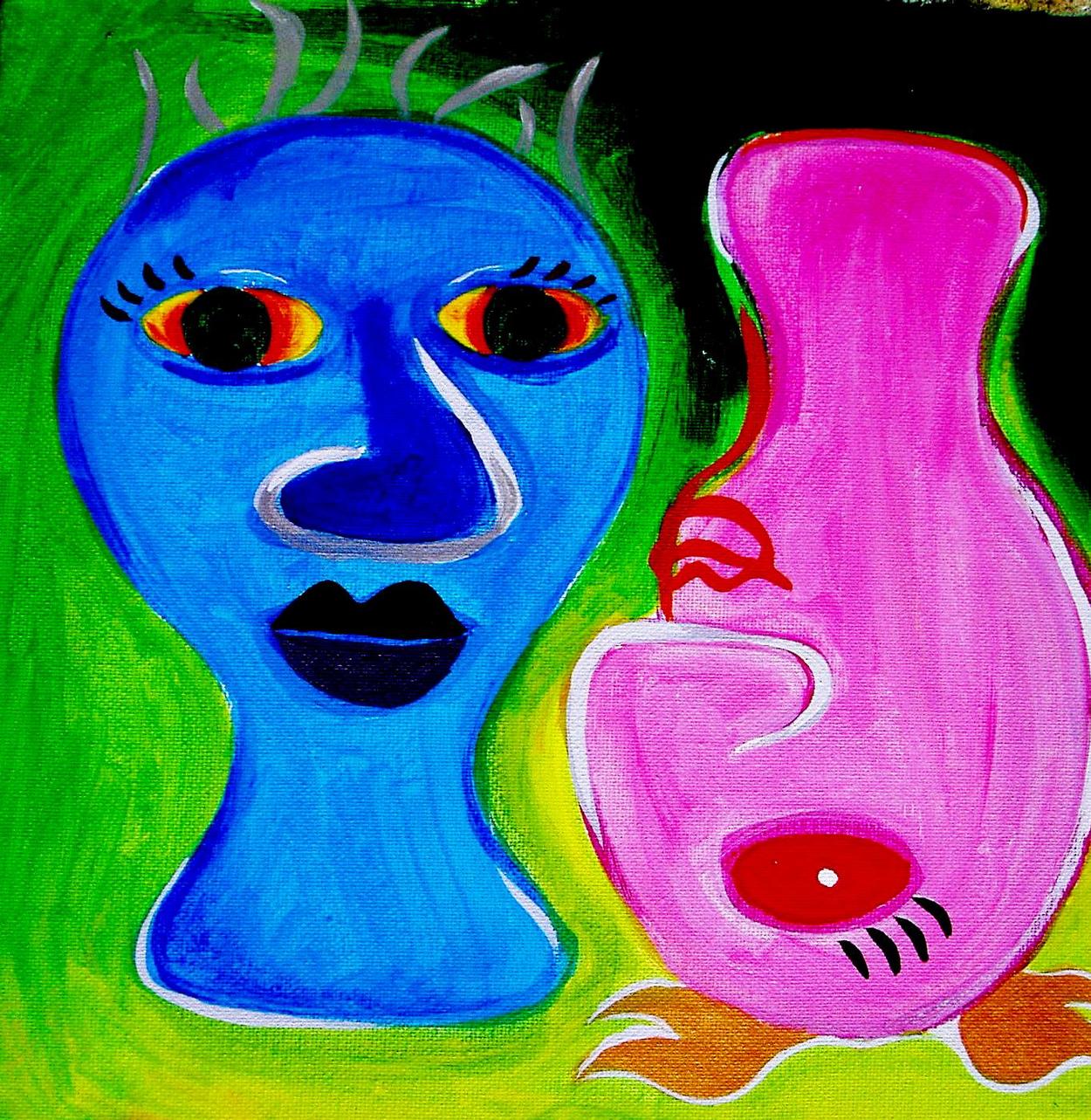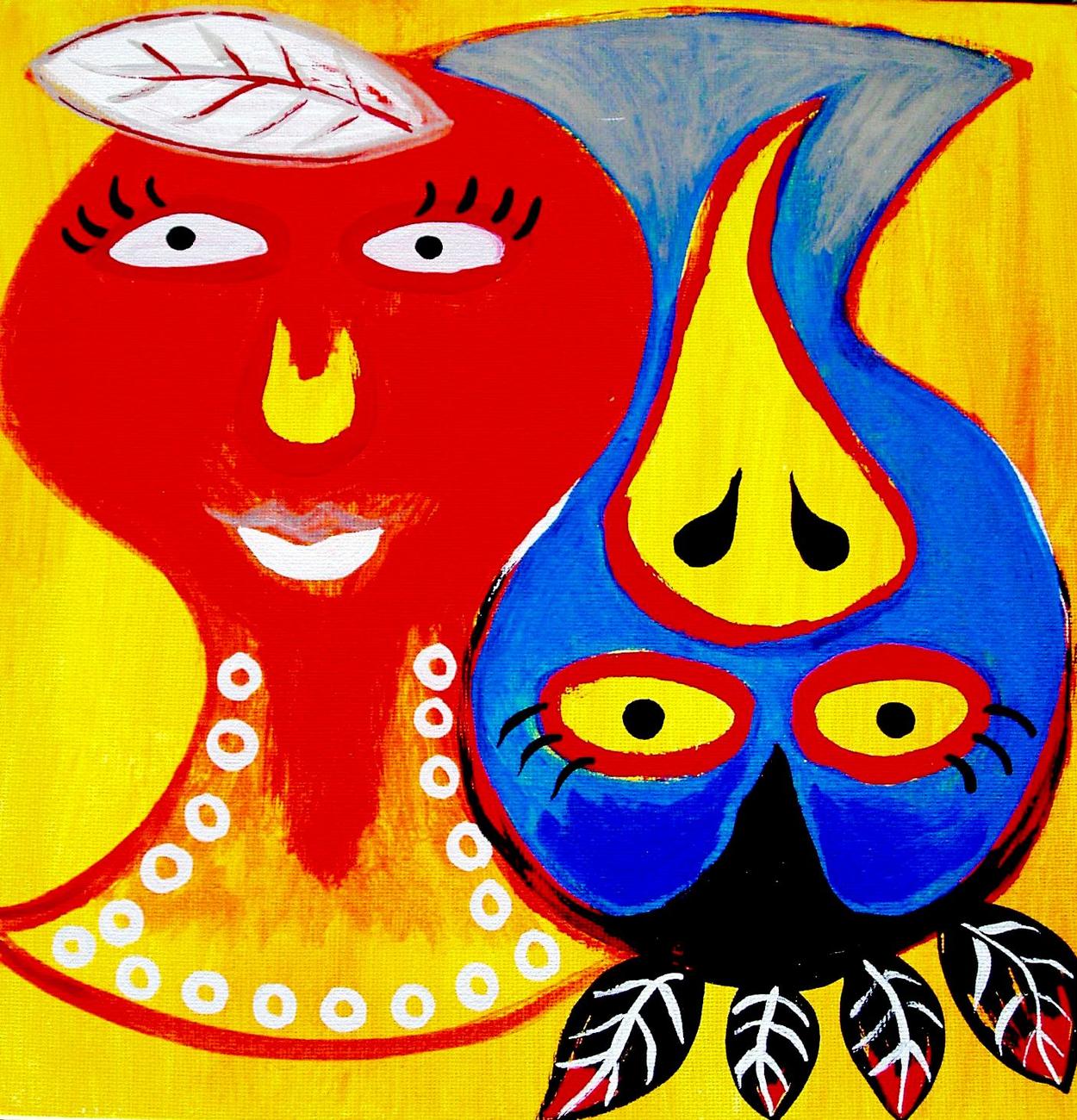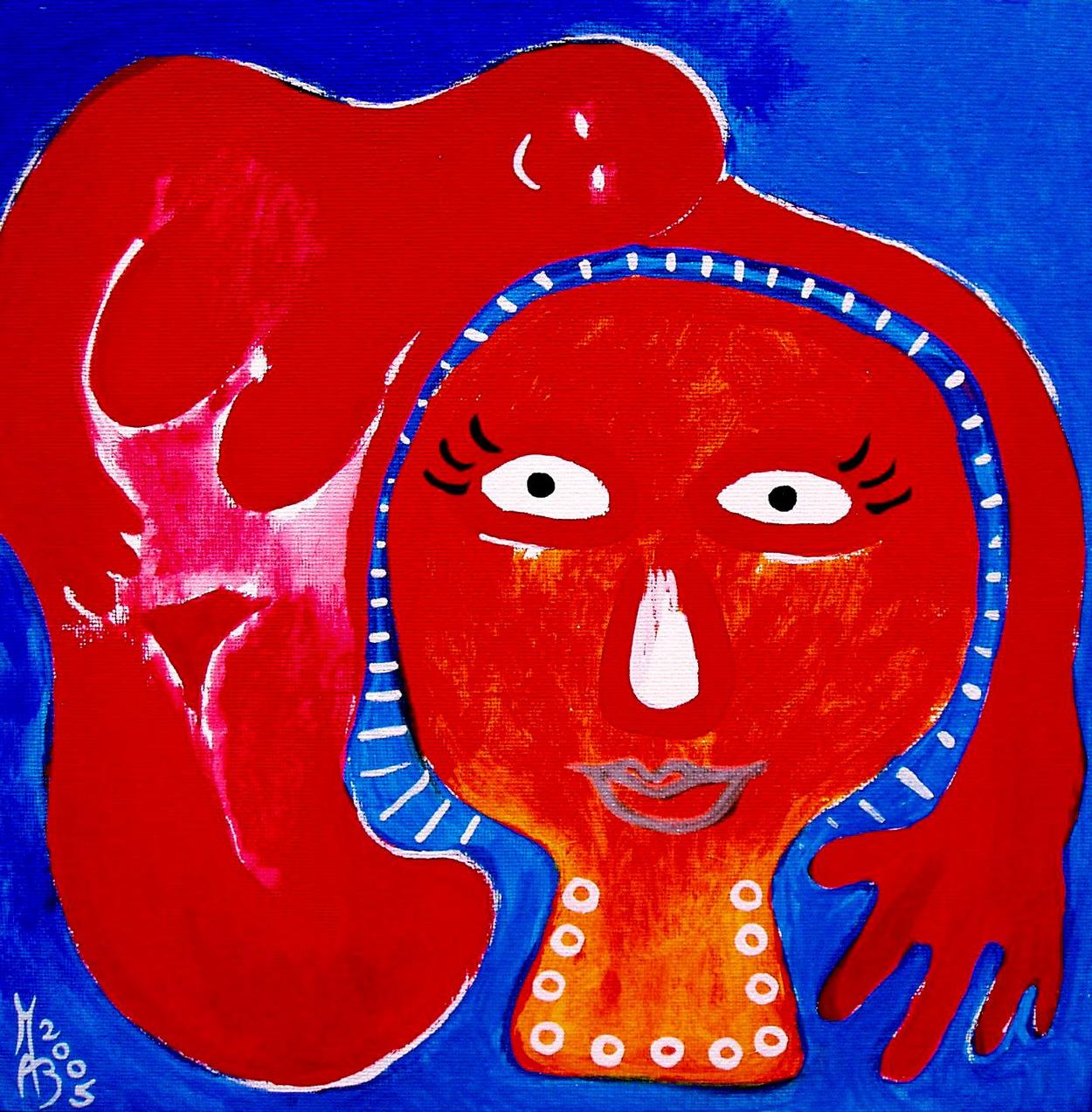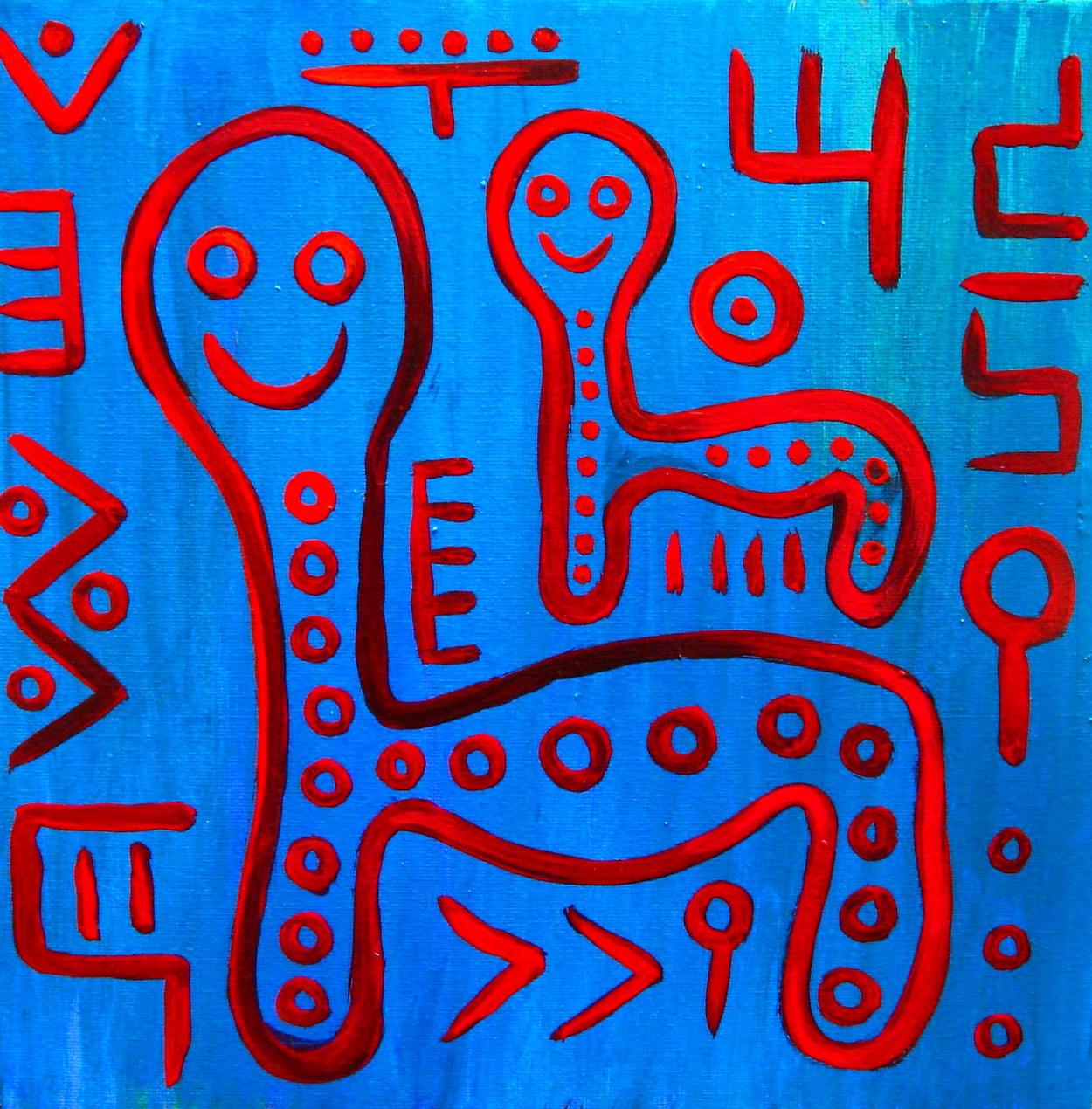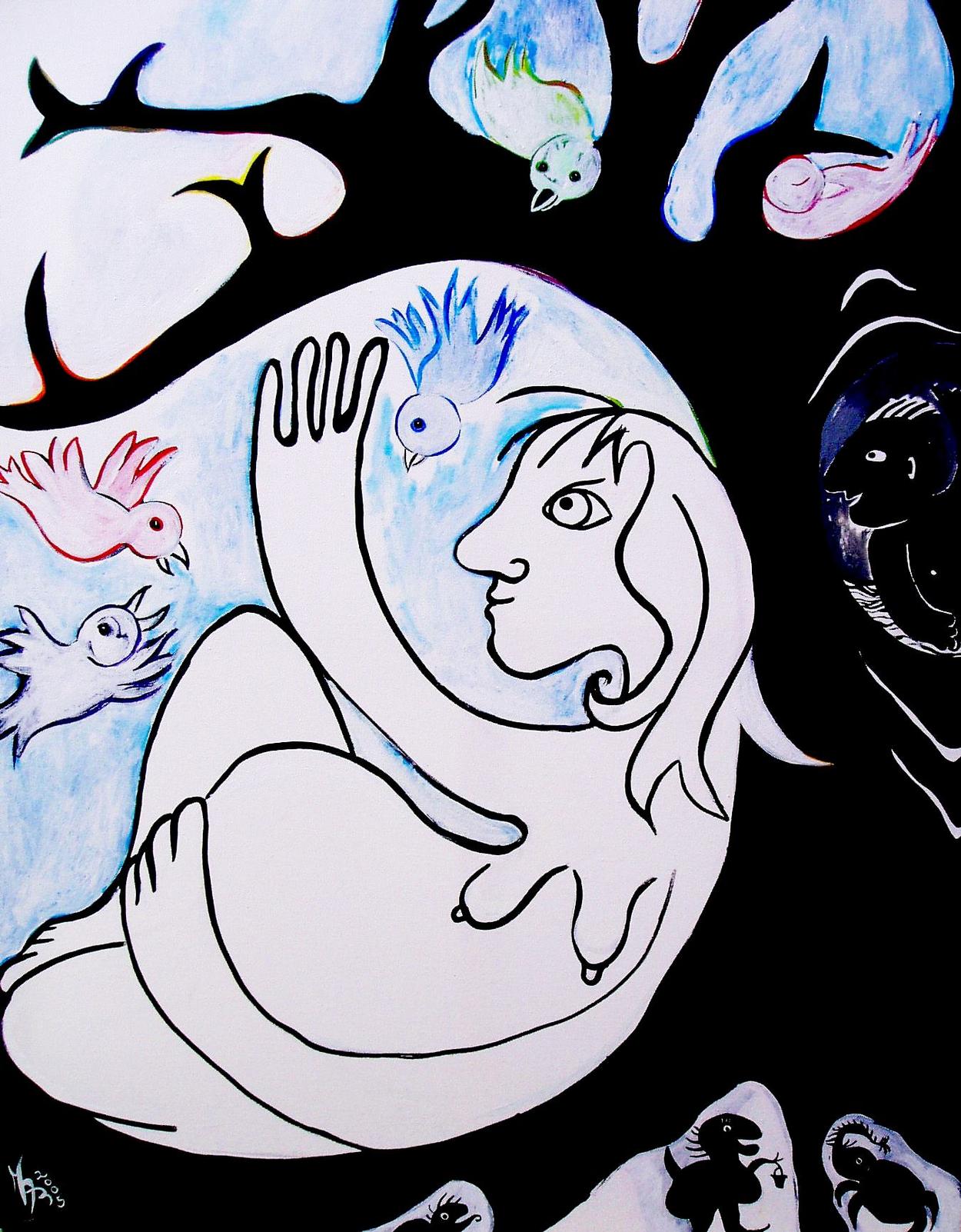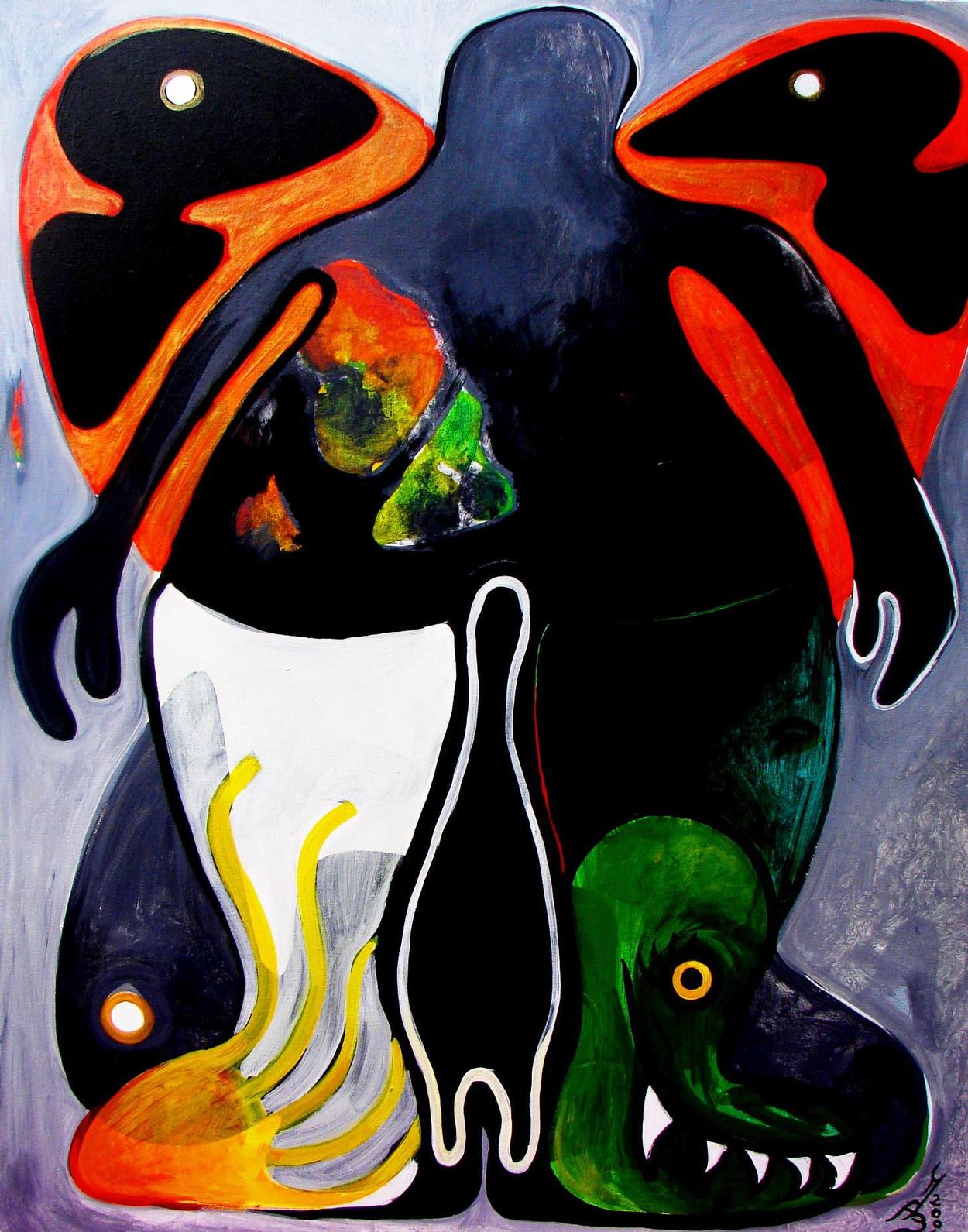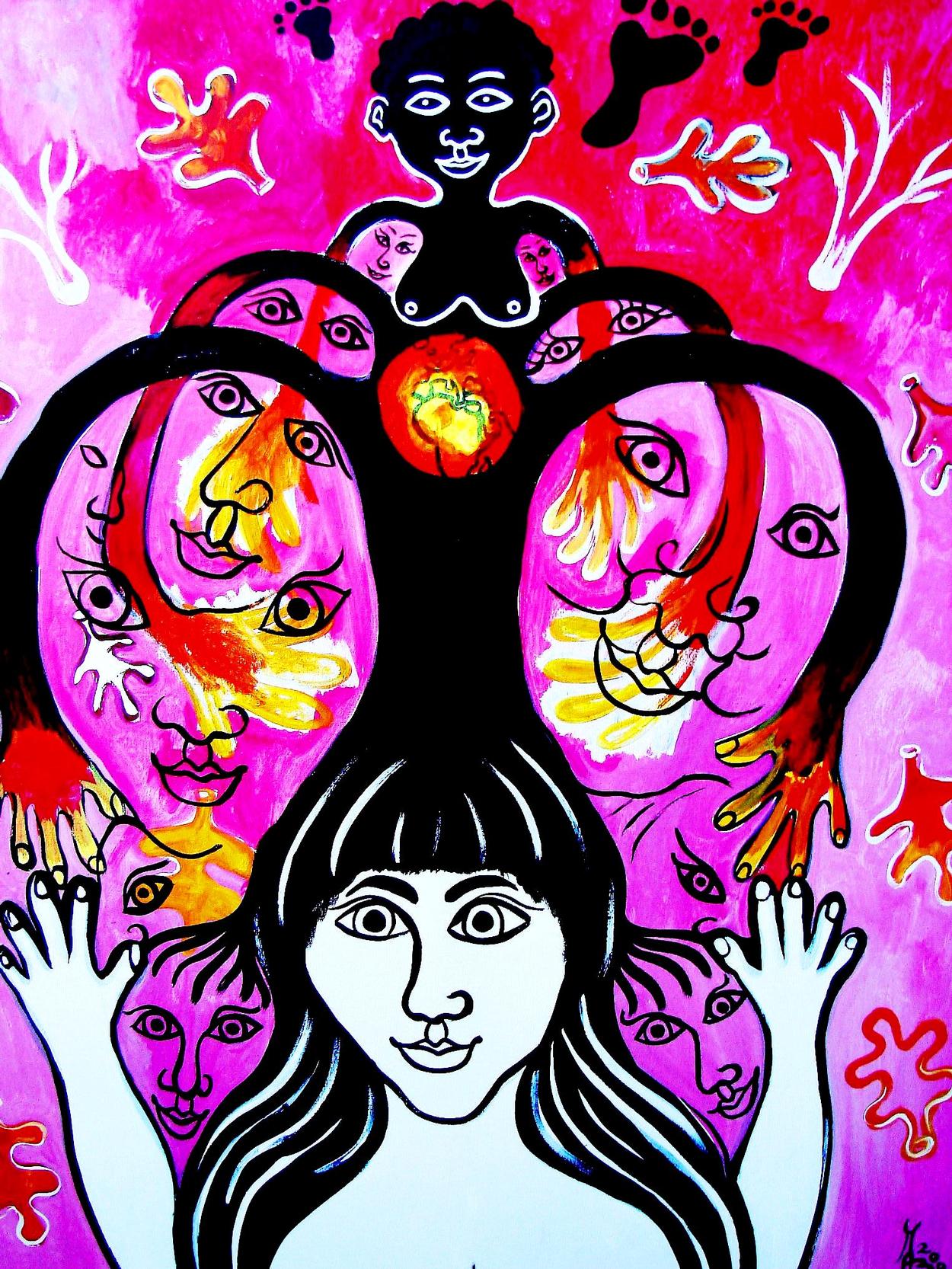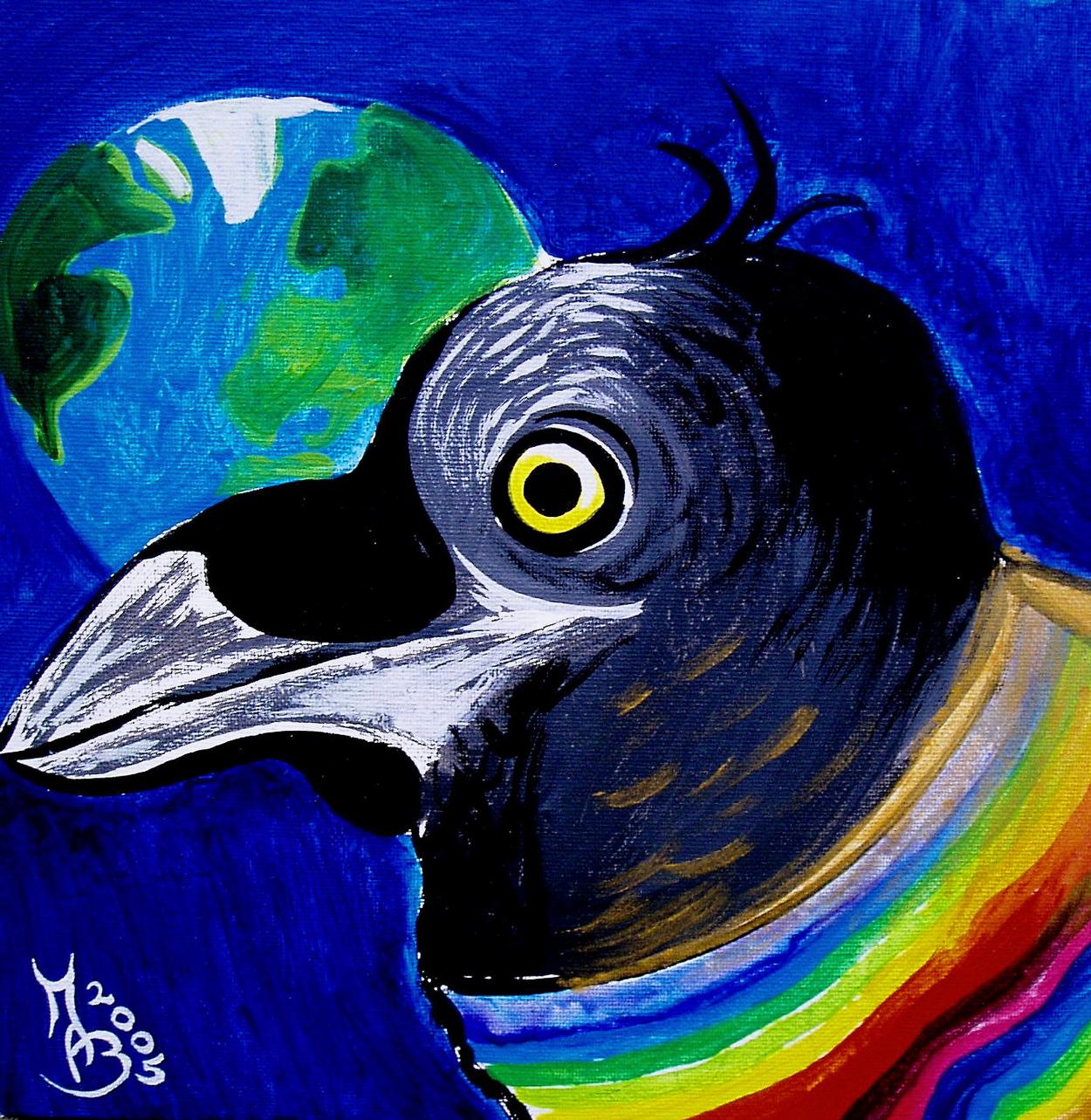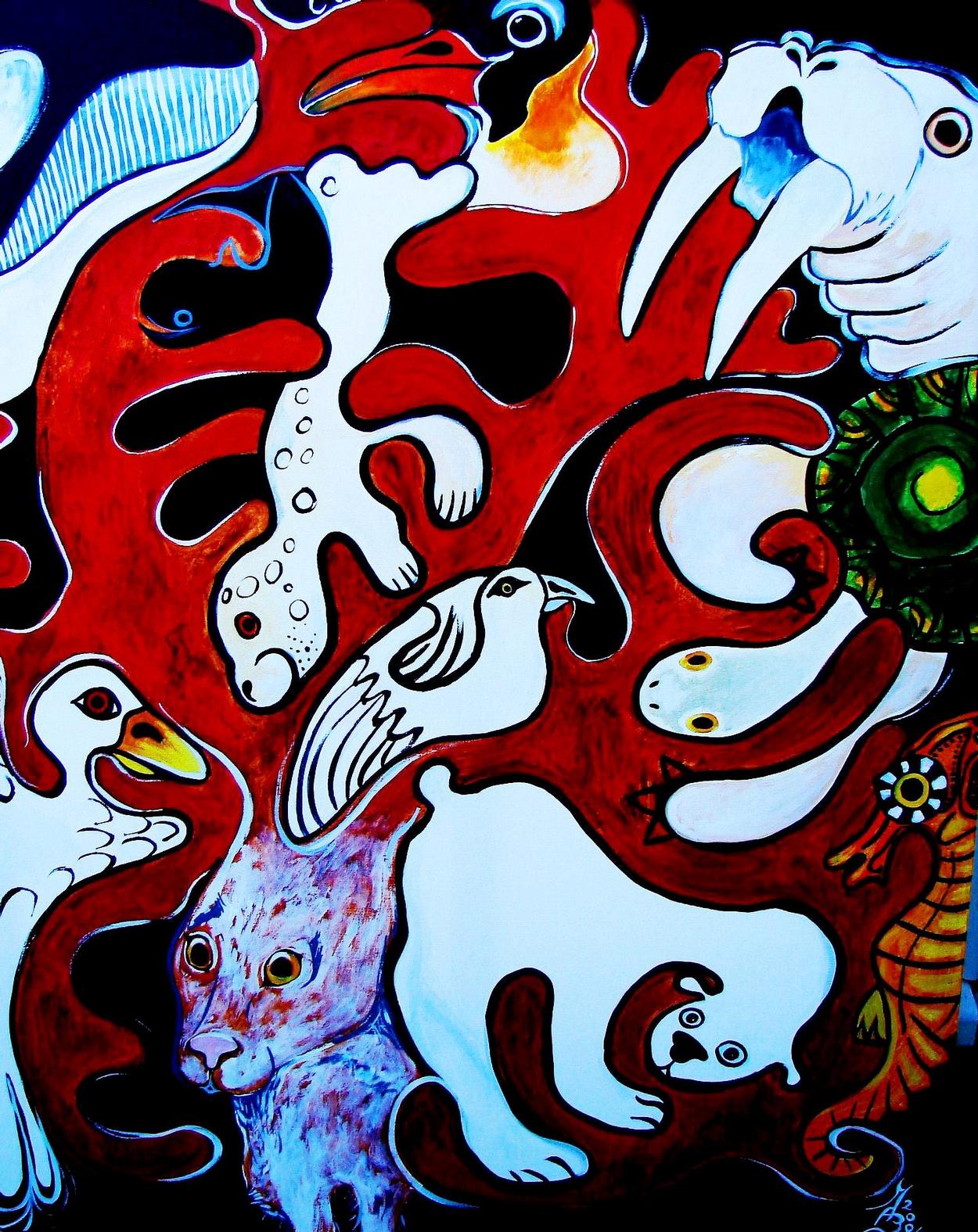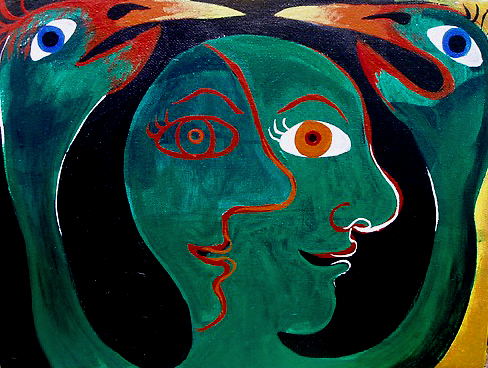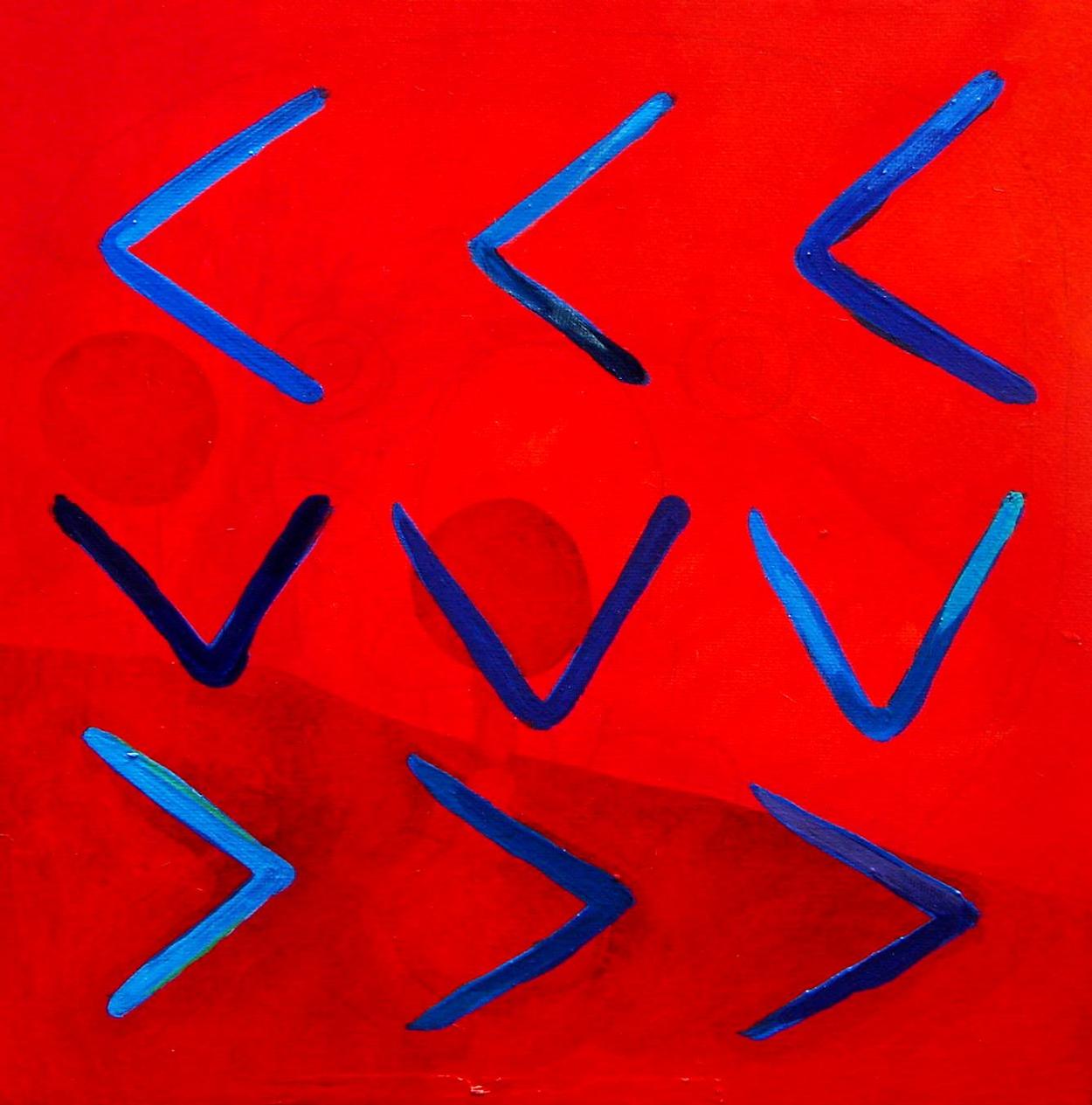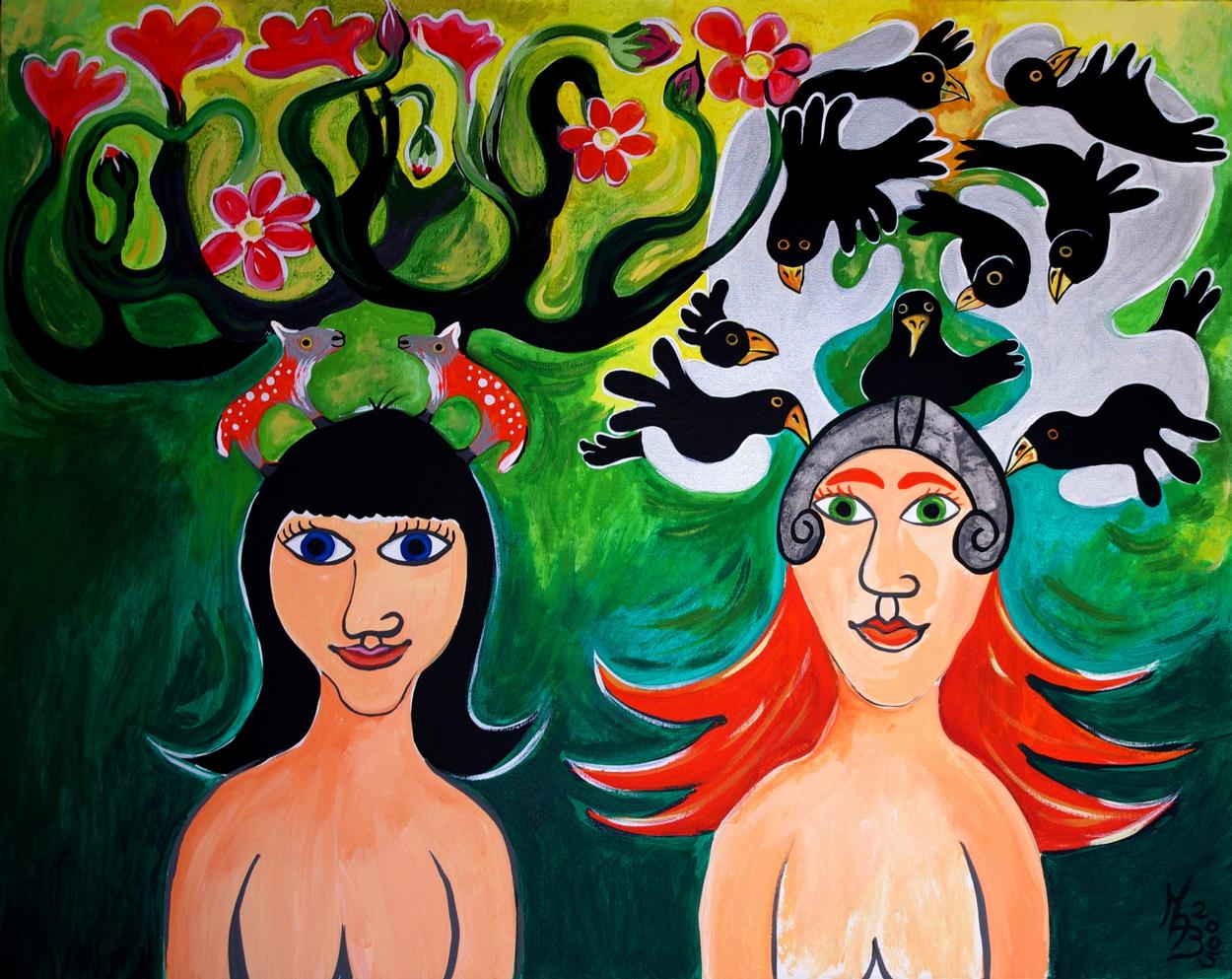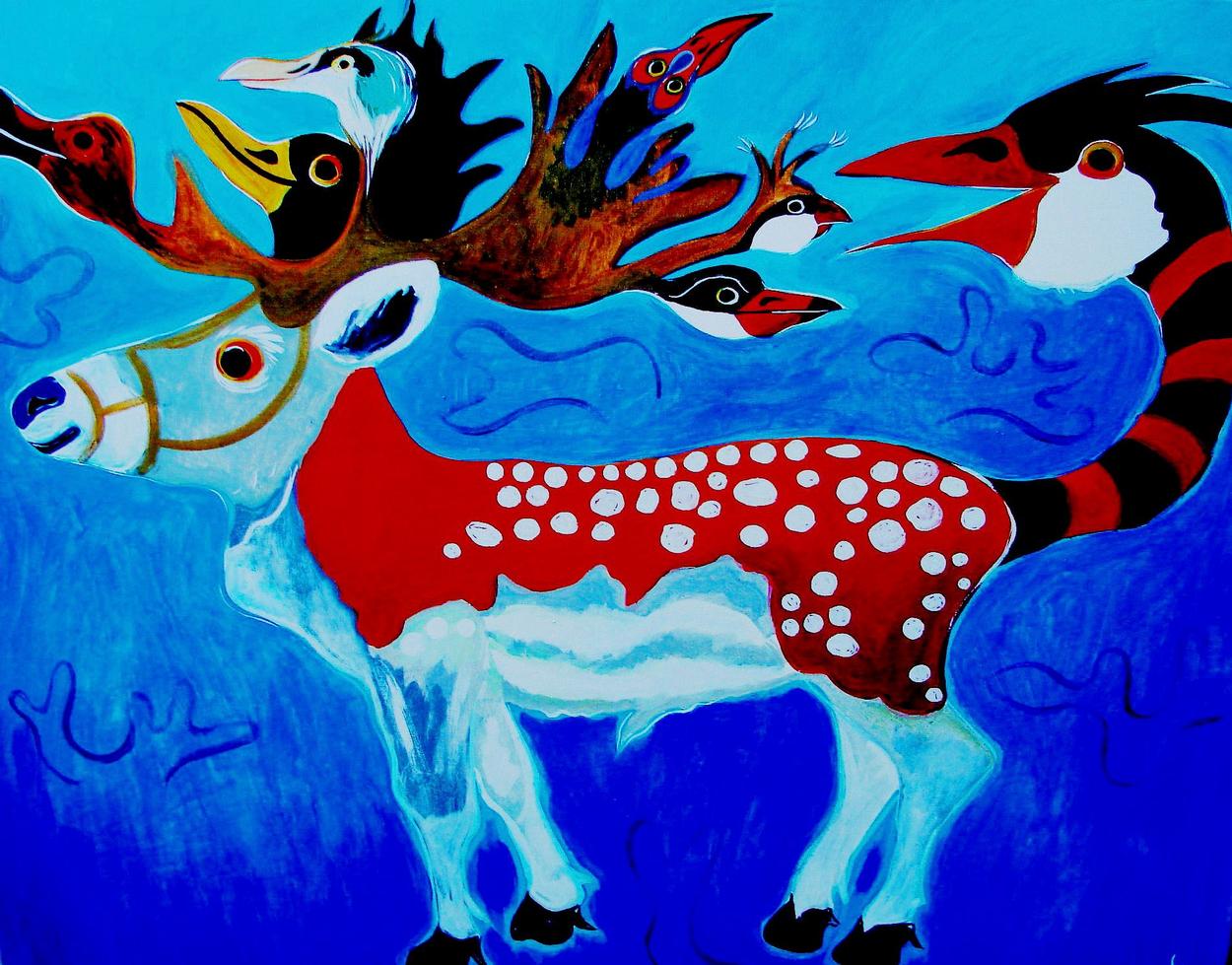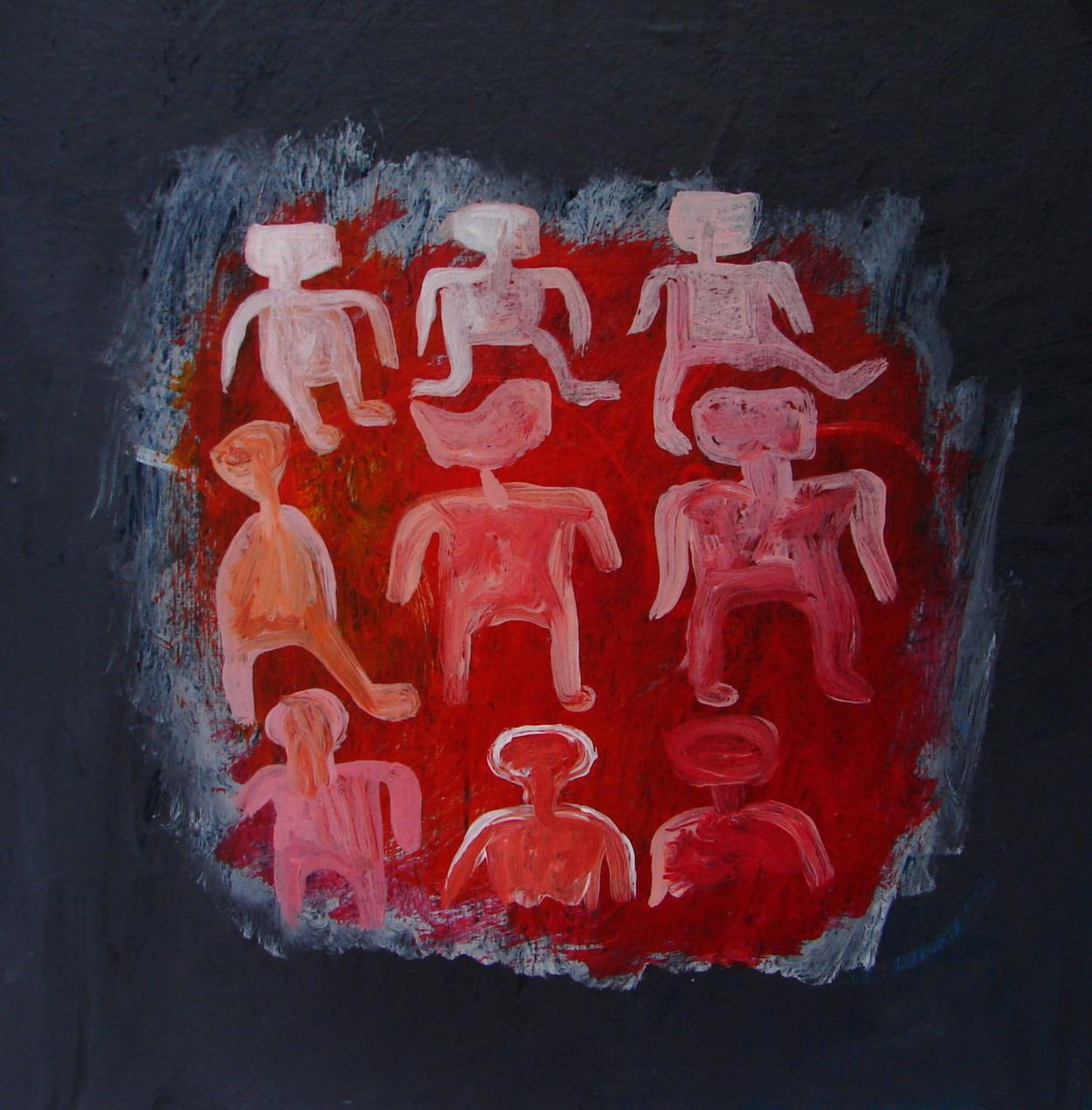This webpage shows paintings inspired by the indigenous peoples, teachings, shamans and customs of Siberia
The Aboriginal peoples of Siberia viewed life in a holistic way that incorporated animism, spiritism and shamanism. They held a dualist philosophy and believed in two major planes of existence: the human and the universal. Everything compromises two distinct parts: the visible (material and palpable) and the invisible (immaterial, abstract, spiritual). The visible world is inhabited by humans, animals and plants - the invisible world by the spirits and gods.

